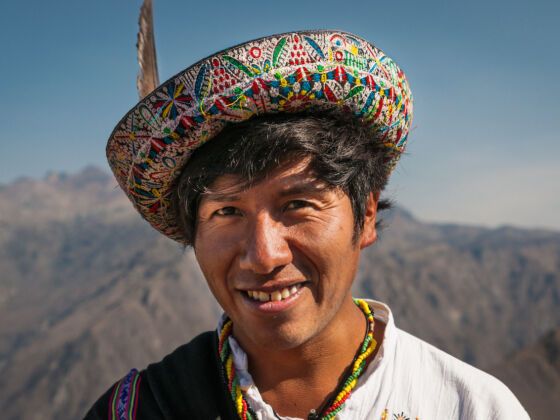NORTHERN PERU was home to advanced cultures before the Incas moved in and certainly well before the arrival of the Spanish conquistadors. By the time of Christ, the Chavín and the Cupisnique had already passed their mantle to the Recuay, Moche, and Cajamarca, who had faded from memory when the Sicán, Chimú, and Chachapoyas people fought and were conquered by the Incas in the 1450s.
They all left their mark, and dozens of ruins are spread throughout northern Peru. Despite their historical importance, the following sites are nearly empty of tourists.
